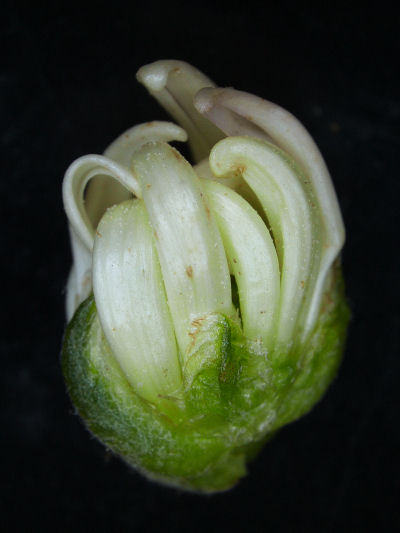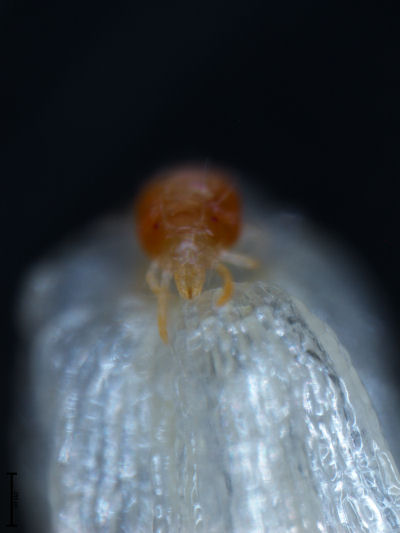|
Strona archiwalna!
Ta strona zawiera treści archiwalne, które nie były zmieniane po 23 września 2019 r. Jeśli chcesz wiedzieć więcej zapoznaj się z deklaracją dostępności
|
||||||
archiwum
 2006 2006
 2008 2008
 2010 2010
 2012 2012
 2014 2014 |
||||||

| ||||||
 |
 |
|||||

|
||||||
| strona główna założenia regulamin kalendarium wskazówki pobierz jury rejestracja zgłoszone projekty galeria gallery | archiwum kontakt | |||||
Description popularizing the research project "". and then Kai's heart began to thaw and he became the same smiling boy he used to be". That is the happy end of Hans Christian Andersen's fairy tale, in which the frozen heart of the boy comes back to life thanks to small Gerda's commitment and perseverance. "The Snow Queen" is filled with metaphors, hence, Kai's ice-bound heart also carries a number of hidden meanings. However, even taken literally the ice-bound heart is not too far from reality of many laboratories with researchers re-enacting the story. The roles of the Snow Queen and Gerda are the most demanding. The Snow Queen has to freeze 'Kai's heart' (valuable biologic material) in such a way that the crystals of freezing water did not damage fragile tissues, did not break the cells, proteins and nucleic acids. Then the stage belongs to Gerda. Her role is to return gently and gradually the 'pulse' (life functions typical for frozen material) to the 'heart', providing it with nutrients and oxygen. Only then will the story have a happy end. When the roles are played correctly, the precious genetic material of chrysanthemum cultivars will be preserved in an intact form. The obtained cultivars are often as beautiful as they are fragile. If they are not properly tended, stored and reproduced, it is very easy to lose their attractive qualities. To preserve them safely it is necessary to dehydrate and submerge them in liquid nitrogen of the temperature the Danish author rather did not dream of: -196°C. When, after the ice-cold slumber and raising the temperature by over 200°C, the tissues are provided with nutrients, they are capable of further development, and when they blossom, their flowers will be just as beautiful, colourful and big. A real happy end requires also certainty that neither flowers, nor sprouts nor leaves will be damaged during the extreme hibernation. The story is not over yet. Botanists, genetists, biotechnologists and their chrysanthemums are still on stage. Abstract It is estimated, that approximately half of the available chrysanthemum cultivars are genetically unstable chimeras. Such organisms easily undergo variation if propagated or stored improper-ly. Therefore, development of efficient storage methods of valuable breeding materials is want-ed. Hibernation at the temperature of boiling nitrogen (-196°C) seems to be the most promising method. Despite the fact the potential of liquid nitrogen is undeniable, its influence on the sta-bility of the stored biological material (especially of chimeras) is still unknown. The aim of this study was to analyze the influence of the encapsulation-dehydration cryopreservation tech-nique on the morphogenesis and genetic stability of chrysanthemum (Chrysanthemum × gran-diflorum /Ramat./Kitam.) periclinal chimeras. Chrysanthemum shoot tips were pre-cultured on the media of various sucrose concentrations and in the presence of abscisic acid, then osmot-ically dehydrated and additionally desiccated under a stream of sterile air. Such pre-treated explants were stored in liquid nitrogen, and then inoculated on the kinetin-supplemented re-covery medium. It was observed, that higher sucrose concentrations had a negative influence on the survival and further development of shoot tips. Cryopreservation does not influence the usable parameters of inflorescences (i.e. their fresh weight, diameter, ray florets length and pigment content). It reduces, however, the amount of chlorophyll in leaves, causes the shorten-ing of internodes and of some leaves. It may also influence the inflorescence development. Project supported by the Polish Ministry of Science and Higher Education ("Iuventus Plus", No IP2014023373).
|


|
|||||













